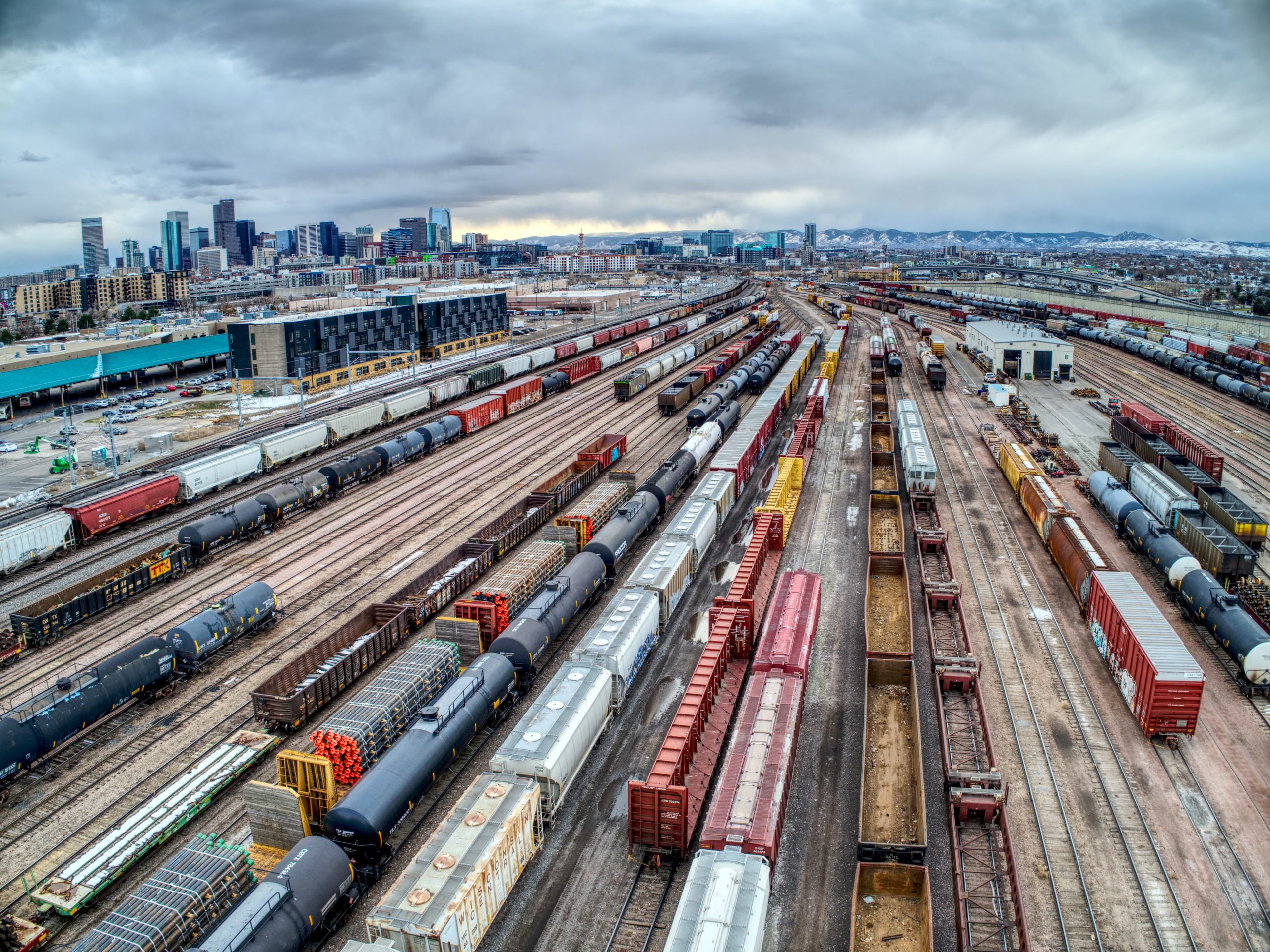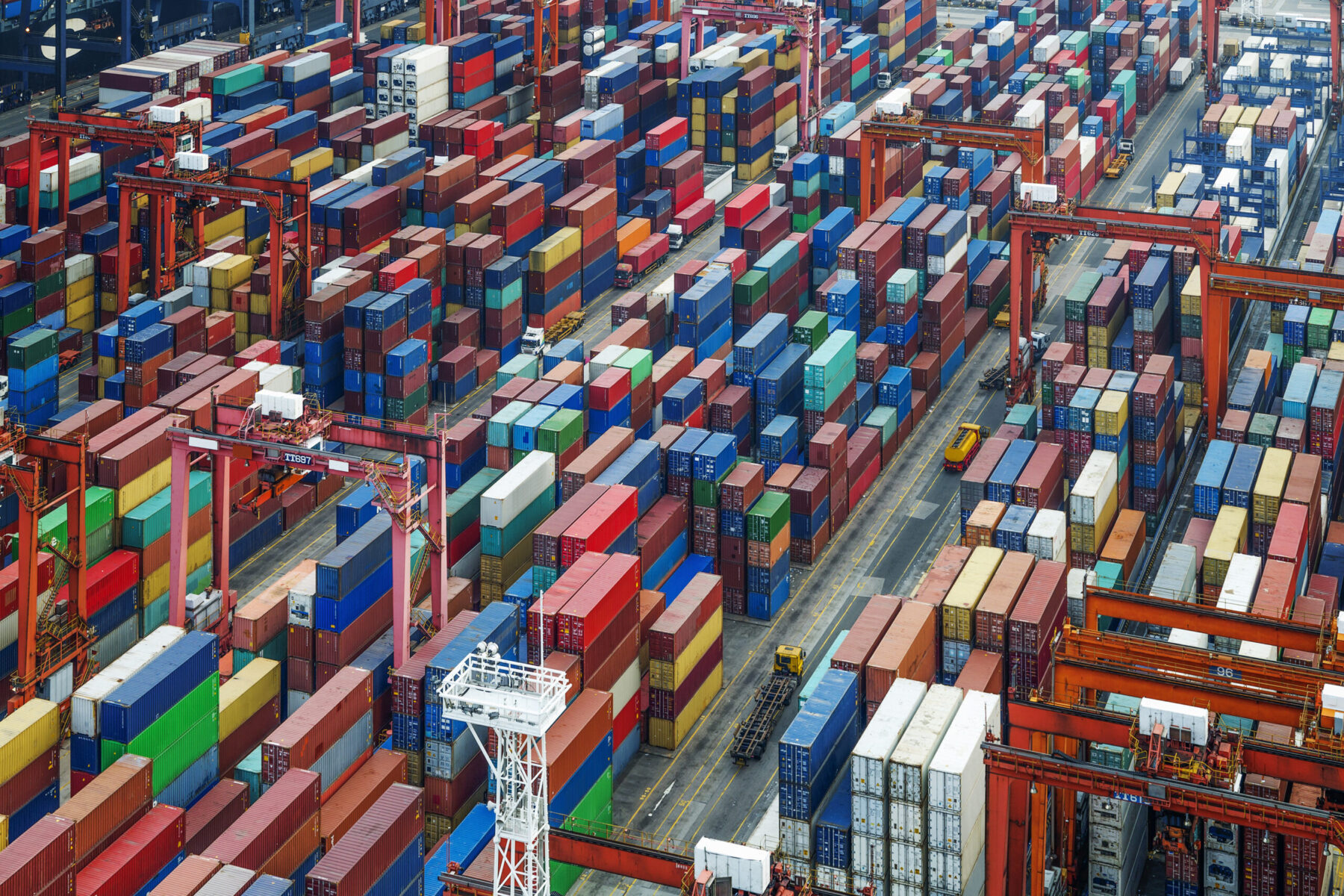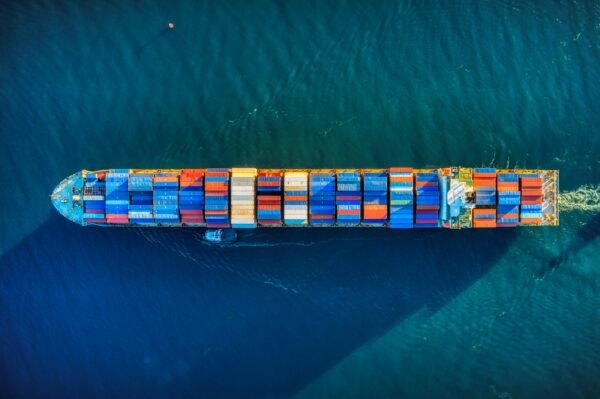Ocean Deep Dive November: Balancing Rate Risk and Opportunity
Nov 07, 2022
Scroll to find out more
Nov 07, 2022
Scroll to find out more

After a frantic last few years, shippers have gotten used to a level of ocean market volatility. To many, it may be reassuring that at least the volatility is moving in their favour after years of high rates and strained capacity. However, in the cyclical ocean freight market, there’s always a bigger picture to consider, and the choices you make now could have long lasting effects on your supply chain well into next year.
To dig into the finer details and long term implications of what’s going on in ocean freight, we once again sat down with Richard Fattal, Zencargo Co-Founder and CCO on our podcast Freight to the Point to get the inside scoop and to find out what it means for shippers.
Recent months have been characterised by continued reductions in the ocean freight container prices and the efforts by carriers to control their descent. The key reason was broad scale destocking particularly from consumer-oriented businesses in Europe and the US, in the face of slowing consumer demand. The real test for this trend was Golden Week – the period where Chinese factories close, followed by a rise in demand after that lull.
Well, this year, as we enter peak season, post-Golden Week, that seems not to have happened. ‘What we’ve seen is very little in the way of uptick in demand in this period, and really a peak season without the peak,’ explains Richard.
While this may seem like good news for shippers – rates are still going down – it also has a knock on effect on service levels. ‘Whilst there have been capacity reductions in the market, which obviously have service ramifications and mean that as a shipper you can have disturbances to the lead times that you’re able to achieve moving on the Asia, Europe and trans-Pacific lanes, they have not been enough to stem the decline in ocean freight rates,’ says Richard.
This is because, for now at least, there’s still too much capacity in the market for the available demand. ‘Carriers are operating at utilisation rates that are in the 70%s and 80%s… they’re looking to fill a space on the ship and have reduced rates commensurately,’ says Richard.
While this has the effect of keeping rates low, it also means capacity can be more erratic as carriers continue to implement blank sailings as necessary to keep utilisation rates up.
As shipping rates dip and contracts expire, there’s seemingly less incentive for shippers to tie themselves to a contracted price – after all, if they can get it cheaper on the spot market, why not enjoy the margin? Especially after years of paying high prices. With power back with shippers, some are wielding it in ways that exacerbate current uncertainty.
‘We see more competitive tension in the market, and more competitive tension and demand in the spot market, which then means that the market becomes more volatile as a result of, let’s say, more customers being actively engaged in price negotiation,’ says Richard.
While this might seem like good news for shippers, this short-term gain strategy could be risky in the long term. Long-term contract engagements come with much more than rates, after all, including key advantages like capacity commitments, fees control and service levels.
‘When looking at what’s effectively risk / cost-benefit analysis on your supply chain going into 2023 or going into any budget-setting period, you have to understand what the risks and the opportunities are for your own business,’ says Richard.
‘The reality is that many of the same factors that underpin the disturbances of the last couple of years are to some extent still around. So you do still have a zero-COVID policy in China. You have a shortage of effective capacity in ports in Europe and in the United States. You have very active unions in both Europe and the United States in reaction to the cost of living crisis that is being experienced there.’ says Richard. All of these issues could transform the current state of play, swinging power back to carriers. Those who have overcommitted on the spot market could struggle to find capacity, find themselves saddled with hefty fees or end up back on contract at a much higher rate.
The next few months, shippers will have to think big and small to keep up with the market. While the macro scale trends like global demand will shape the larger operational landscape, micro issues such as port strikes could still have a drastic, if short term, impact on your supply chain.
‘From a rate perspective, what is going to drive up or down the price of Asia, Europe or the trans-Pacific, it’s really global supply-demand imbalances, and it’s really going to be driven by the extent to which we turn the corner on the recession in Europe and the extent to which the US goes into a significant recession over the coming months,’ says Richard.
‘What we do know is that destocking in the global supply chain has already started and has been running for some months, and it’s our belief that we should turn the corner in terms of a restocking trend as early as the end of the second quarter of next year.’
In the medium term, therefore, now might be the time to start thinking about getting rates in the power you through that Q2 recovery, if it hits, or keep you ticking over if it doesn’t.
‘I think that there can be a good time for contracting before the end of this year…to enter into agreements that offer some stability and also a much better cost profile for shippers than they’ve experienced over the last two years,’ says Richard.
The right time, and the right volume, to commit will depend on your risk profile, your sales margin and your growth plans. This is where the right visibility, data and partnerships come in, setting you up for success.
‘What I would recommend is very much having open and detailed conversations with your own teams, with your management, but also with your supply-chain partners to really understand what the right solutions are for you for next year.’ says Richard.
Our freight experts are working with some of Europe’s fastest-growing businesses to help them plan their strategies moving forward. If you want to find out more about how Zencargo could support your business, you can book a call with our team today.

To find out how you can take control of your supply chain costs and stay ahead...

To find out how you can navigate a path through uncertainty, book your free str...

To find out more about how Zencargo’s digital freight forwarding experts and te...